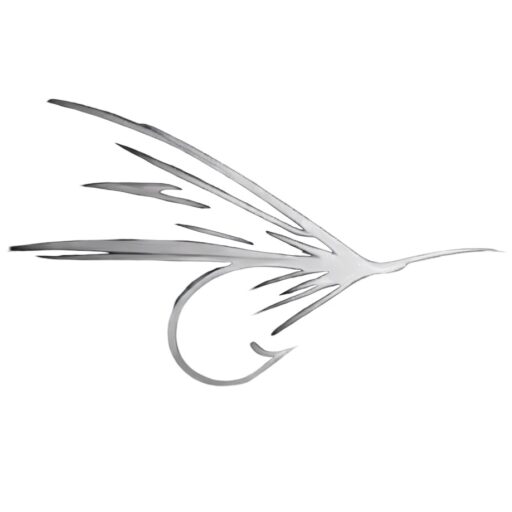Cree Darter streamer

Streamer
Tied By David Fliesen
Hook: Mustad 3300, #7
Thread: 6/0 White for body and 6/0 Black for head
Body Parts: tag, butt, rib, body, underwing, throat, wing, shoulder, cheeks, head
Materials: Copper Tinsel, Peacock Herl, Copper Tinsel, Green Floss, 4 Strands of Peacock Herls, Blue Bucktail and Black Bucktail, Cree Hackle and 2 Badger Hackles, Cock Pheasant Body Feather, Medium Imitation Jungle Cock Eyes, Black Thread 6/0
Notes:
The Cree Darter streamer is a fly pattern designed to imitate small baitfish, particularly those resembling darters – a group of small, benthic freshwater fish found in North America. Darters, such as the rainbow darter (Etheostoma caeruleum), inhabit clean, fast-moving streams and rivers and are characterized by their vibrant colors and distinctive markings.
In the realm of fly fishing, streamers are used to mimic various prey species, including minnows and other small fish. The Cree Darter streamer, with its natural appearance and black stripe, effectively matches many minnows, enticing trout to strike through its lifelike motion when stripped and twitched in the current.
The development of more realistic streamer patterns gained momentum in the mid-20th century. For instance, in 1962, angler Keith Fulsher began experimenting with streamer designs that closely imitated baitfish, leading to the creation of the Thunder Creek series of flies.
While specific details about the origin of the Cree Darter streamer are scarce, it likely emerged during this period when fly tyers focused on crafting patterns that more accurately represented the natural prey of game fish. Today, the Cree Darter streamer remains a popular choice among anglers targeting trout, especially in waters where darter species are prevalent. Its design continues to evolve, with modern fly tyers incorporating various materials and techniques to enhance its effectiveness and realism.
https://flyvault.net/wp-content/uploads/formidable/13/IMG_8606-1-150×150.jpeg
